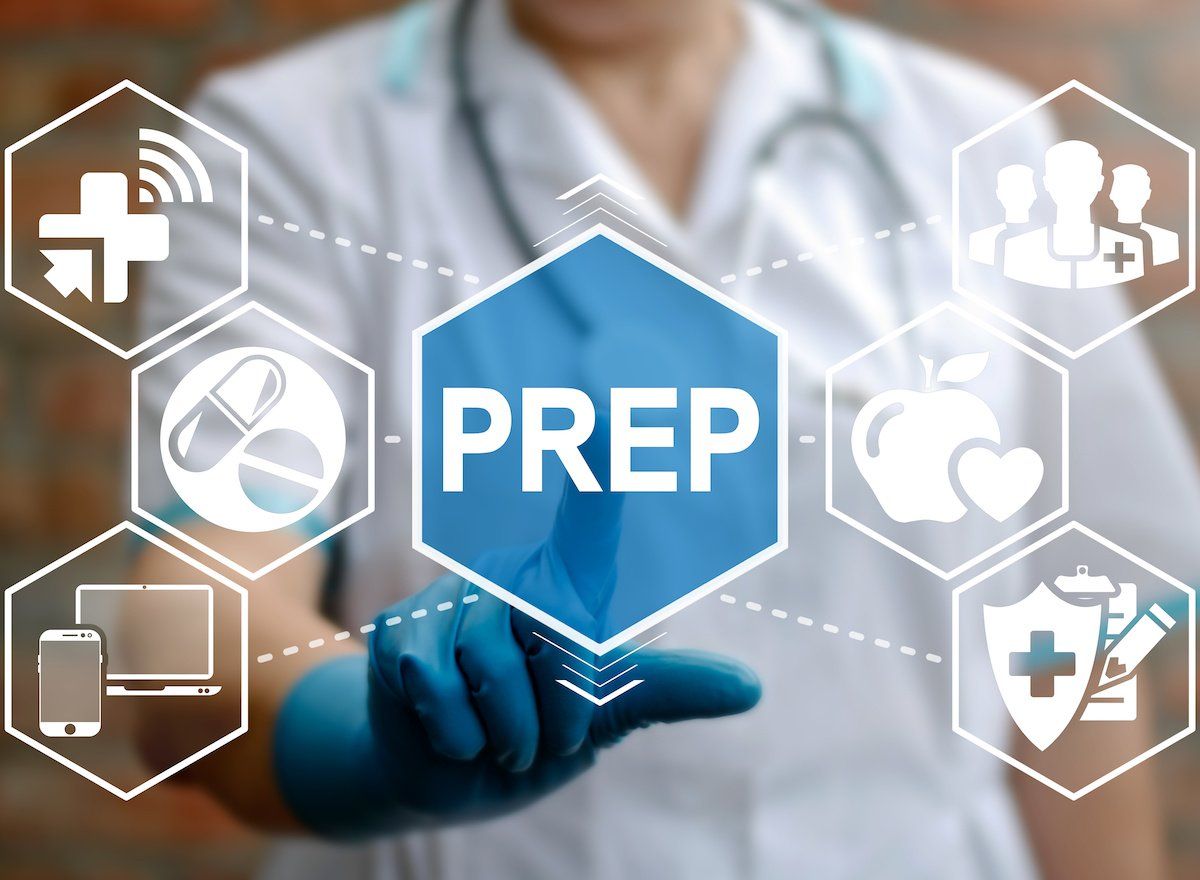HIV PrEP Uptake Remains Low Among Teens
A new review in JAMA Pediatrics looks at the current status of PrEP uptake among adolescents aged 13 to 19 years who are at risk for HIV.

Preexposure prophylaxis (PrEP) has been an important tool in preventing the further spread of HIV. Although adolescents and young adults are particularly affected by HIV, the uptake of PrEP has remained low among teenagers. A new review in JAMA Pediatricslooks at the current status of PrEP uptake among adolescents aged 13 to 19 years who are at risk.1
Among the 37,377 diagnoses of HIV made in 2018, 7734 cases were diagnosed in adolescents and young adults aged 12 to 24 years and 1707 diagnoses occurred in adolescents aged 13 to 19 years. Two-thirds of all HIV infections in adolescents and young adults occurred in young African American men who have sex with men. Investigators found that PrEP awareness and engagement was lowest among teenagers who were at the greatest risk of HIV.
Despite recommendations from the CDC, many clinicians who treat adolescents do not routinely offer HIV testing or do a sexual history taking to assess sexual risk exposures.
Visit Contemporary Pediatrics to continue reading.